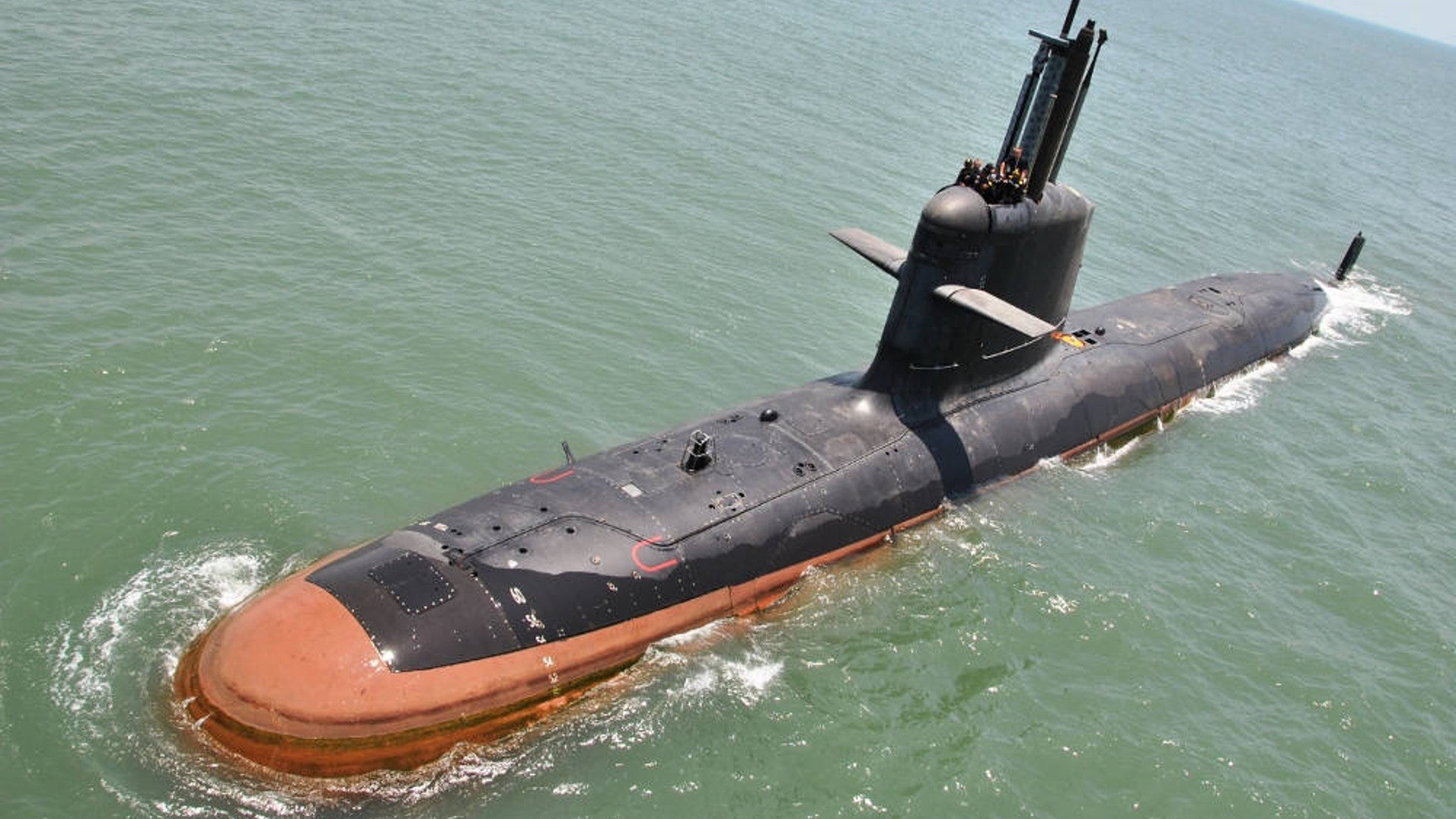After nearly a decade, India says it will finally move ahead with plans to team up with a foreign contractor to build advanced diesel electric submarines. The announcement comes amid reports that despite ambitious plans to upgrade their equipment, each of the country’s eight front line Sindhughosh-class submarines have only one working periscope instead of two.
On July 24, 2017, the Indian government reportedly declared it would begin considering offers from six different countries to pair up with an Indian shipyard to build a total of six advanced diesel-electric “stealth” submarines, according to The Times of India, which described the tender as the “mother of all underwater defense deals.” The plans, part of a larger conventional submarine program known as Project-75, have been in the works since November 2007.
“The stress will be on transfer of technology,” an unnamed Indian Defense Ministry official told The Times. “The submarines, to be built with indigenous steel, should also be less maintenance-intensive to ensure a better operational cycle with minimal downtime.”
In addition, the subs will be able to carry indigenous weapons, including land-attack cruise missiles – possibly including types able to carry nuclear warheads – sensors, and other equipment. Perhaps most importantly, the final design must have a air-independent propulsion (AIP) system, which could be derived from one India’s Defense Research and Development Organization (DRDO) already designed for its up-coming Kalvari-class subs. These boats are a joint Franco-Indian effort based on the Scorpène-class, which itself was originally Franco-Spanish design project.

An AIP arrangement is essential for modern, quiet-running conventional submarine designs. Combined with improved batteries, these systems can provide nuclear sub-like power and noise reduction in a significantly cheaper and more compact package. Advanced derivatives may actually be quieter than their nuclear counterparts while still able to stay submerged for weeks at a time, both critical elements to avoiding detection.
Additional advanced conventional submarines are essential for the Indian Navy as it continues to expand its operations further and further beyond its territorial waters. At present, the country reportedly only has 13 diesel electric submarines, only seven or eight of which are combat ready at any one time on average. The bulk of these are Soviet-era Kilos, which the Indian Navy received between 1986 and 2000 and operates as the Sindhughosh-class.

India ultimately hopes to have an undersea fleet of 18 front line conventional attack submarines, another six nuclear-powered attack submarines, and four nuclear ballistic missile submarines. This would be a significant threat to long-standing enemy Pakistan and its five submarines. However the Chinese People’s Liberation Army Navy, with dozens of subs of various types, would still dwarf the Indian contingent.
As such, submarine and anti-submarine warfare was undoubtedly a key component of the latest iteration of the annual U.S.-India-Japan naval exercise known as Malabar, which wrapped up earlier in July 2017. In the 2015 Malabar drills, the INS Sindhudhvaj, one of the older Sindhughosh-class boats, reportedly scored a “kill” on the USS City of Corpus Christi, a Los Angeles-class nuclear attack submarine.
New Indian subs would still be another key part of any plans to counter potential Chinese naval threats above and below the waves. Beyond active offensive or defense operations, stealthy conventional submarines would provide a important intelligence gathering capability for the Indian Navy to keep tabs on potentially hostile maritime developments and activities close to shore.
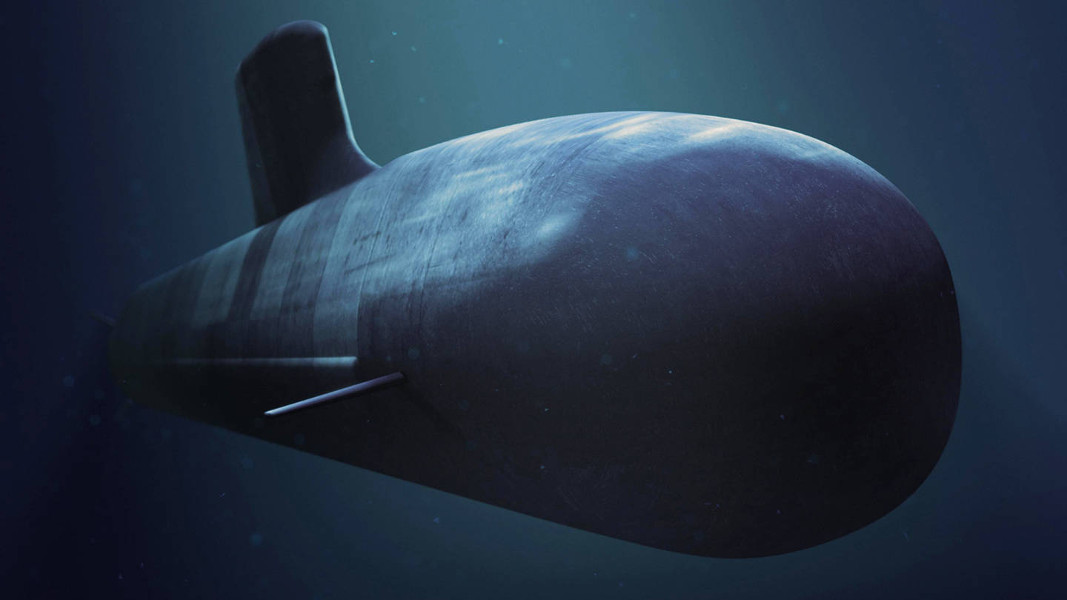
For the new Project-75 tender, France is likely to be a leading contender, given that they have one of the most advanced AIP submarines designs available for export and are already working with Indian shipbuilders on the Kalvaris. In April 2016, the Australian government chose this sub, French firm Naval Group’s commercial Shortfin Barracuda, as the winner of its submarine competition, meaning the type is in active production, too. Naval Group, formerly known as DCNS, would have to reconfigure the design, which presently displaces approximately 5,300 tons submerged, to some degree, depending on the amount of indigenous hardware the Indians would want to install.
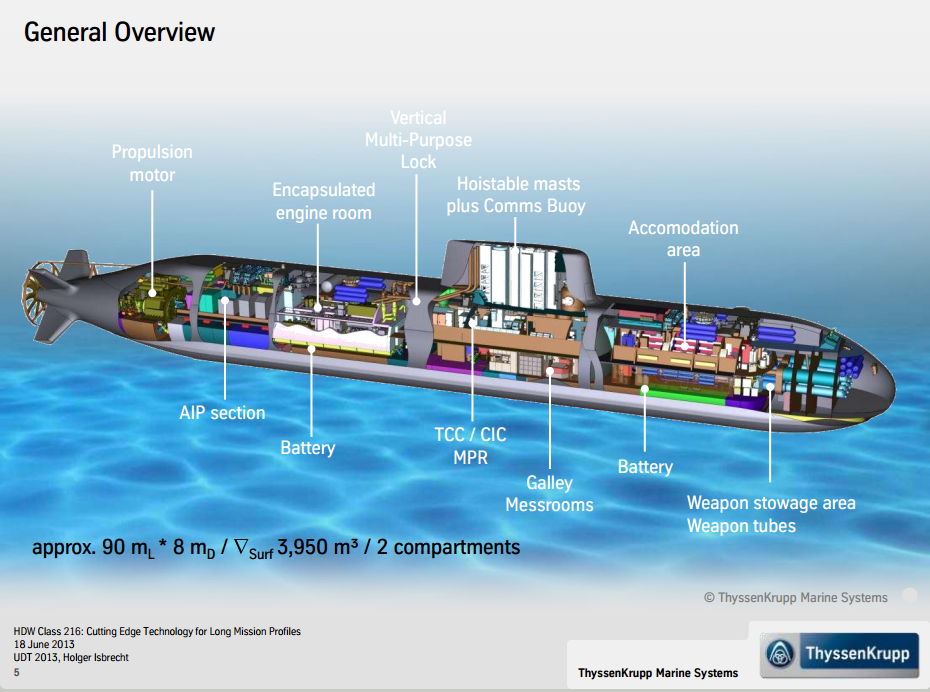
As in the case of Australia’s search for its future Collins-class boats, France will likely face stiff competition from the other competitors, especially Germany and Japan. Germany’s Thyssen Krupp would likely put forward a version of its Type 216, an approximately 4,000 ton displacement boat derived from the company’s smaller Type 214, which it put forward for the Australian competition. Though the Type 216 isn’t in active production, Thyssen Krupp has a number of active deals for shared production of the Type 214s with foreign customers, including South Korea.
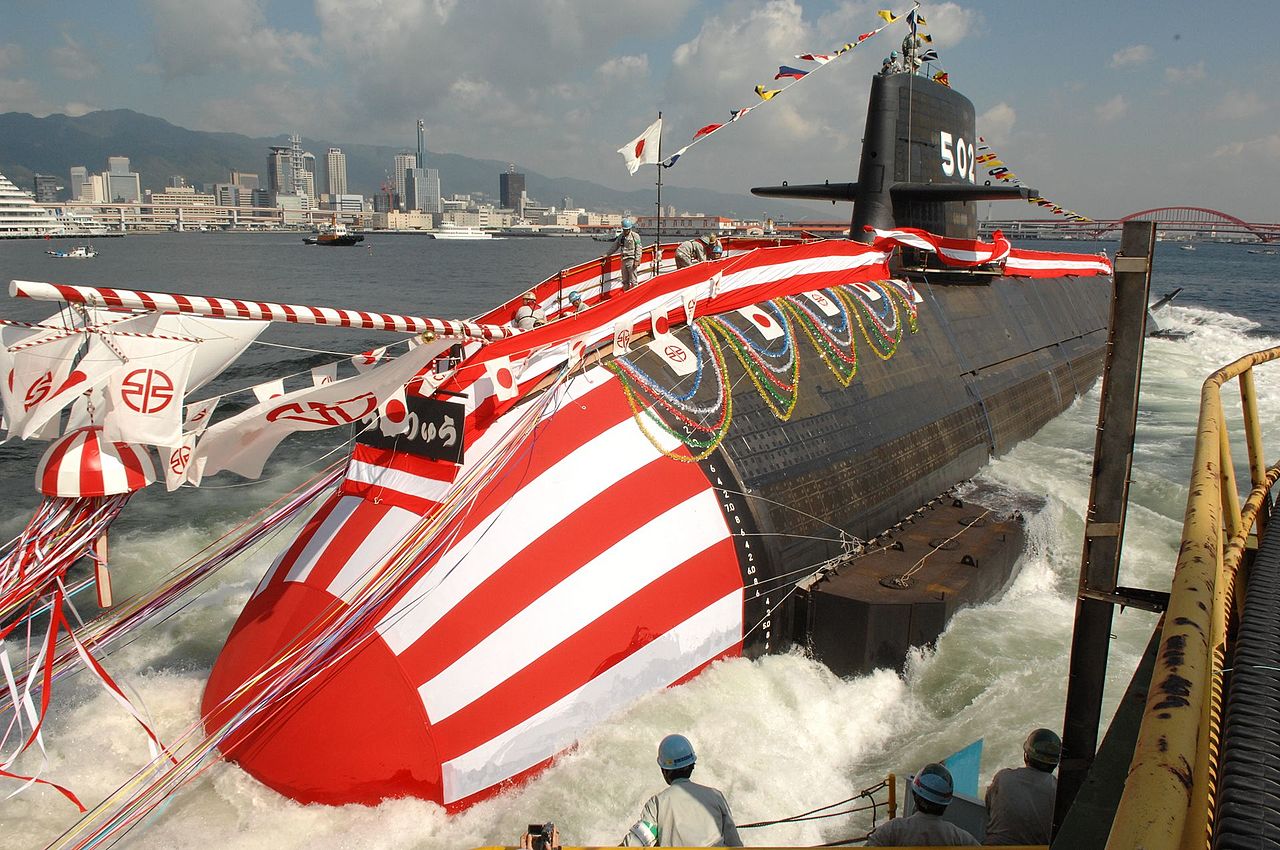
Japanese firm Mitsubishi-Kawasaki similarly developed a 4,200 ton displacement version of their advanced Soryu-class that is already in service with the Japan’s Maritime Self-Defense Force. There is one Soryu still in production, plus plans for up to four more, meaning there is an active production line and knowledge base for this design, as well. The latest Soryu class boats depend on lithium ion batteries alone for air independent propulsion.
The remaining entrants as of yet are Russia, Spain, and Sweden. Unfortunately, all of these countries face more significant hurdles in their bids.
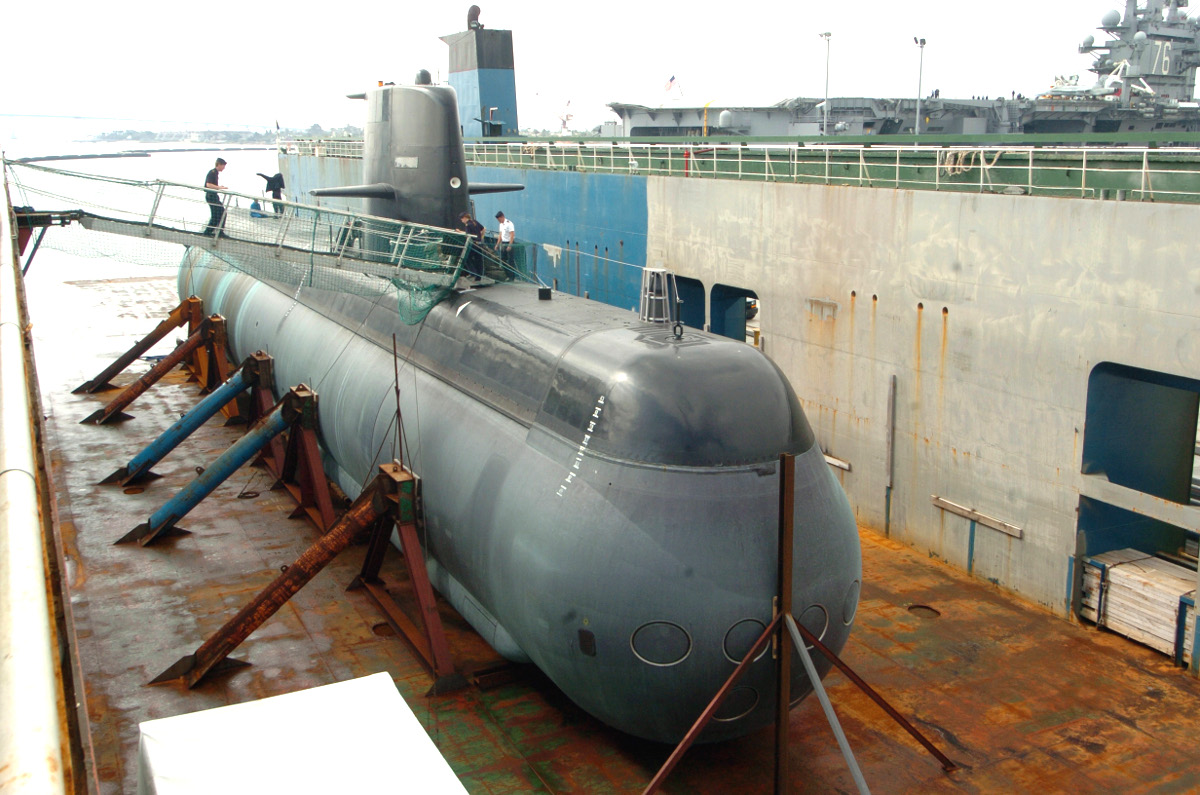
Swedish company Kockums Naval Solutions, now part of Saab Group, was responsible for building the then state-of-the-art Gotland-class in the 1990. These boats remain extremely capable and the U.S. Navy even used one for tests in the mid-2000s. However, the company has not built any news submarines in more than two decades.
Spanish shipbuilder Navantia is making new S-80 class submarines for Spain’s Navy, but the four boats have suffered repeated delays due to combination of budgetary and technical troubles. Though the country approved funds for the project in 2003, none of the subs have entered service. The design is similar in overall size to the German Type 214, too, and might not fit the Indian requirements for a front-line submarine. As a result, Navantia could have to come up with an all-new type for its bid.
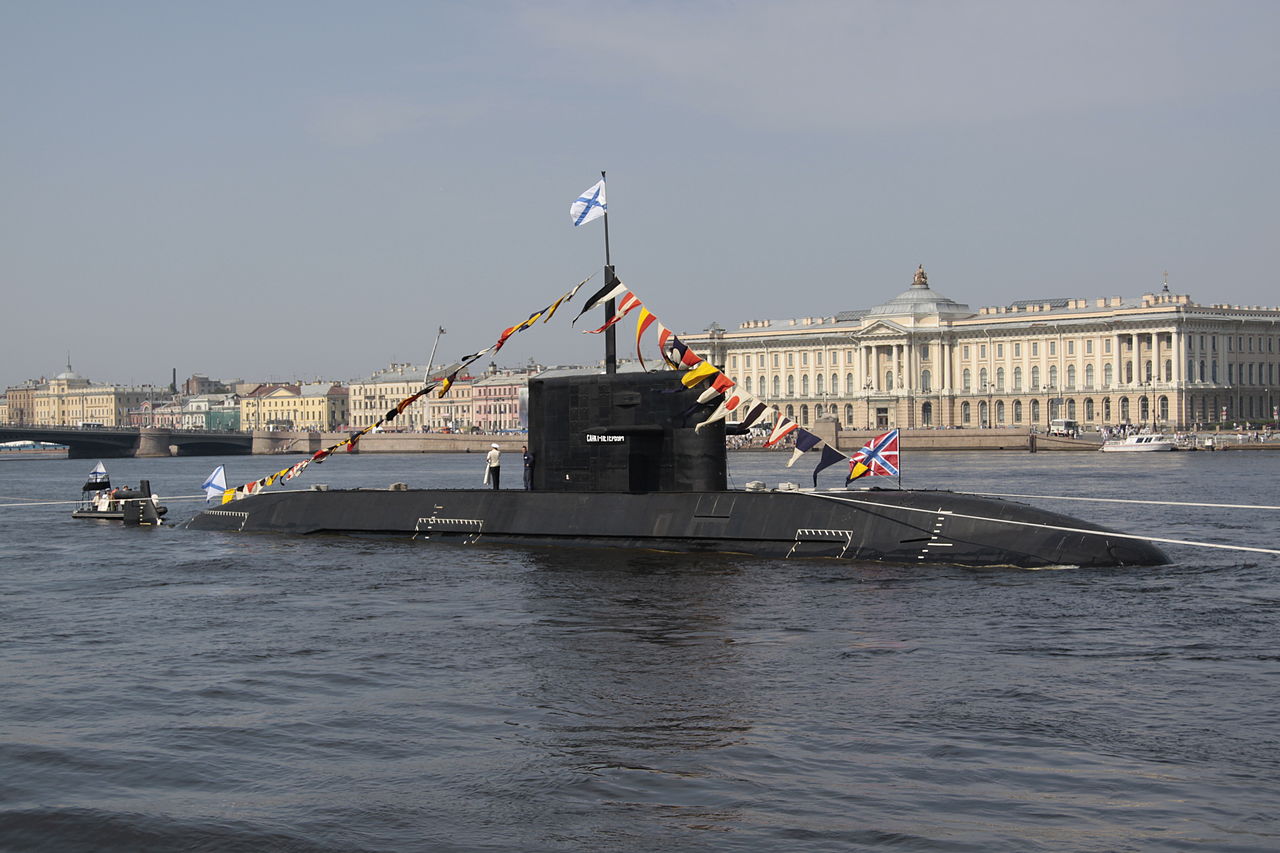
Russia is actively producing diesel-electric designs, but again they may be smaller than what the Indian Navy wants with the latest Lada-class boats displacing 2,700 tons submerged. These subs may not inspire much confidence either. The first Lada sub, Sankt Peterburg, effectively became a prototype after it became apparent that there were serious flaws in the design. The next two boats in the class have been in the works since 2005 and 2006 respectively, but the Russian Navy only expects to get them into service in 2019 after years of substantial redesigns.
The Ladas are highly improved derivatives of the older Soviet-era Kilo-class, which may not help their chances with the Indians given their experiences with the Sindhughosh-class, either. In August 2013, INS Sindhurakshak exploded and sank while dockside in Mumbia. Less than a year later, smoke from an apparent fire INS Sindhuratna killed two sailors and knocked another five unconscious. Government watchdogs have cited poor safety procedures within the Indian Navy as a factor in these accidents, but Russian submarines have a history of deadly accidents, too.
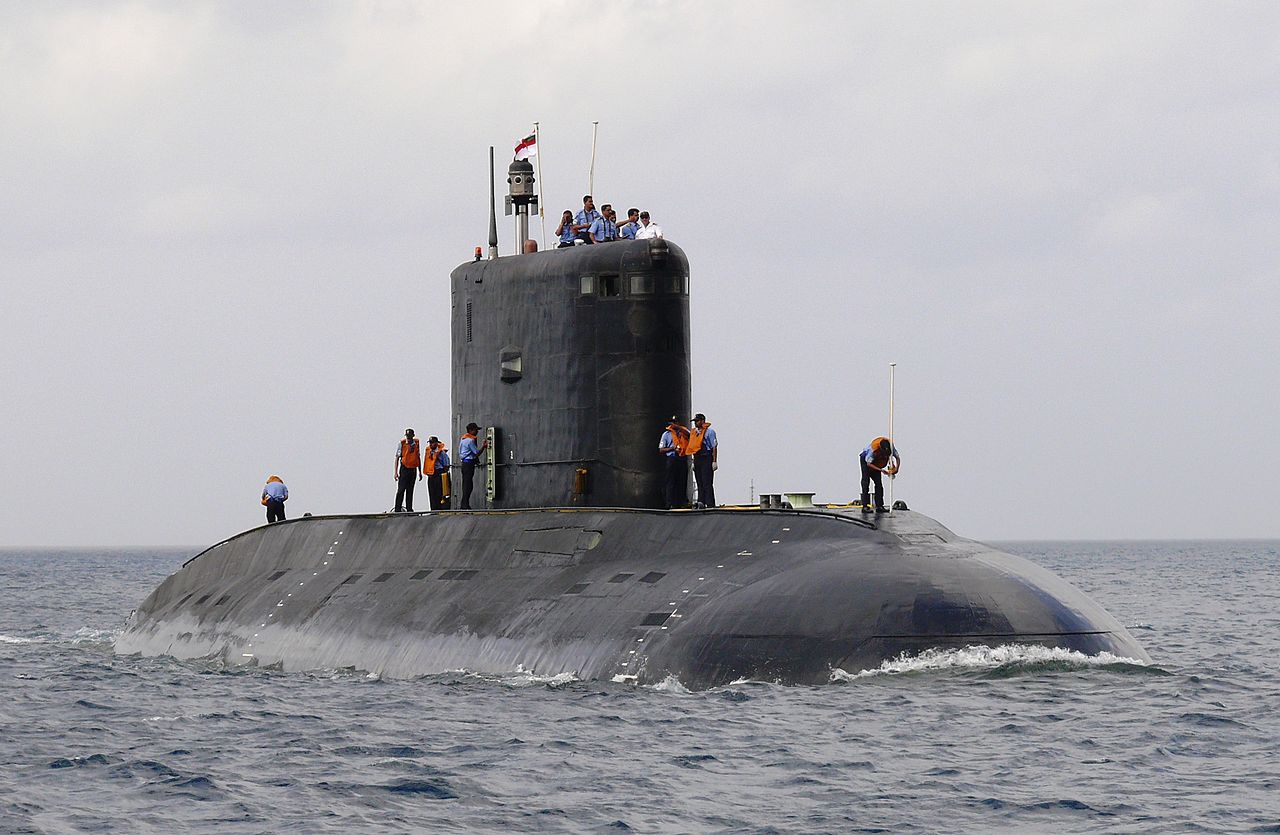
Regardless, there simply remains a major question of when or even if these new Project-75 submarines might actually enter service. The same anonymous Indian Defense Ministry official told The Times of India it could be another two years before the government could even pare down the list of competitors and their chosen Indian shipbuilding partners.
“Moreover, the first new submarine will roll out only seven to eight years after the final contract is inked,” the official added. “But the aim is to fast-track the entire process.”
Whether or not this is possible is up for debate, especially given the existing experience with the Kalvari-class. That program began in 2005 with the expectation that the Franco-Indian joint effort would deliver all six boats between 2012 and 2016. The entire class would cost a total of $3 billion.
It ultimately took four years before construction even began and INS Kalvari only started sea trials in May 2016. By that point, Indian officials had already pushed back her commissioning date from September 2016 to June 2017. Earlier in July 2017, The Times of India reported that she was scheduled to finally arrive at the Indian Navy the next month – more than a decade after the development program began.

On the same day the Indian government announced the new submarine project, other reports surfaced that a top government watchdog had slammed the country’s navy over separate bureaucratic wrangling that had already held up important modifications to the Sindhughosh-class for some six years. The Comptroller and Auditor General found that as a result, all of the boats were operating with just one periscope instead of two and that the remaining unit was not capable of low light level or night vision function, greatly limiting the aging subs capabilities.
Troubles started when another firm purchased Kollmorgen, the original vendor of the upgraded periscopes. Indian authorities didn’t formalize a deal with the new company until 2014. By the time the last of the periscopes arrived in 2016, all but one of the remaining Sindhughosh-class subs had finished their planned refits. This meant they returned to service without the new equipment and without any immediate plans for installing them in the near future.
The last of the Indian Kilos was still out for overhaul at the time, but it was unclear if it received the new gear before it returned to the fleet in January 2017. Regardless, “the contention of the defense ministry that there was no adverse impact on the operational capability of the submarines is not tenable,” the state auditor said, according to the Indian Defense Update blog.
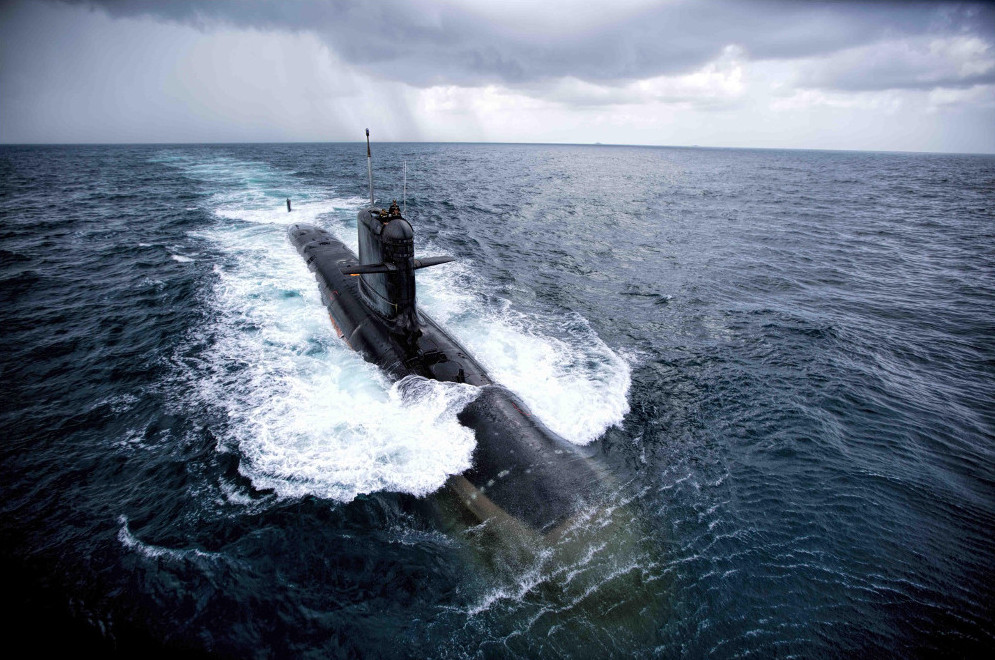
And then there’s just the matter of cost. The final overall contract for the six Project-75 subs will be worth an estimated nearly $11 billion. This is a not insubstantial amount given India’s other requirements for various new
combat aircraft, tanks and anti-tank weapons, and surface warships, among other projects. If it takes two years before Indian officials even begin make decisions about the offers, the country’s strategic priorities and budget realities may have already changed significantly.
At present, there is a more immediate concern, which the Comptroller and Auditor General first raised in 2015, that India’s military may not even have enough ammunition to keep troops in the fight for more than 10 days in a major war, such as one with China. Indian and Chinese forces are already engaged in a serious standoff over a disputed border in India’s northeastern Sikkim province. The crisis over the region has been simmering since June 2017 and neither side seems so far inclined to back down.
It seems likely that submarines will continue to be an important part of the country’s defense spending priorities, though. This is especially true given China’s increasingly active and aggressive maritime moves, which include establishing its first overseas naval base and continuing to exert more and more control over the heavily contested South China Sea.
In light of these factors, the Indian Navy is probably looking to make sure it doesn’t take another decade to get its new class of advanced attack subs.
Contact the author: joe@thedrive.com
